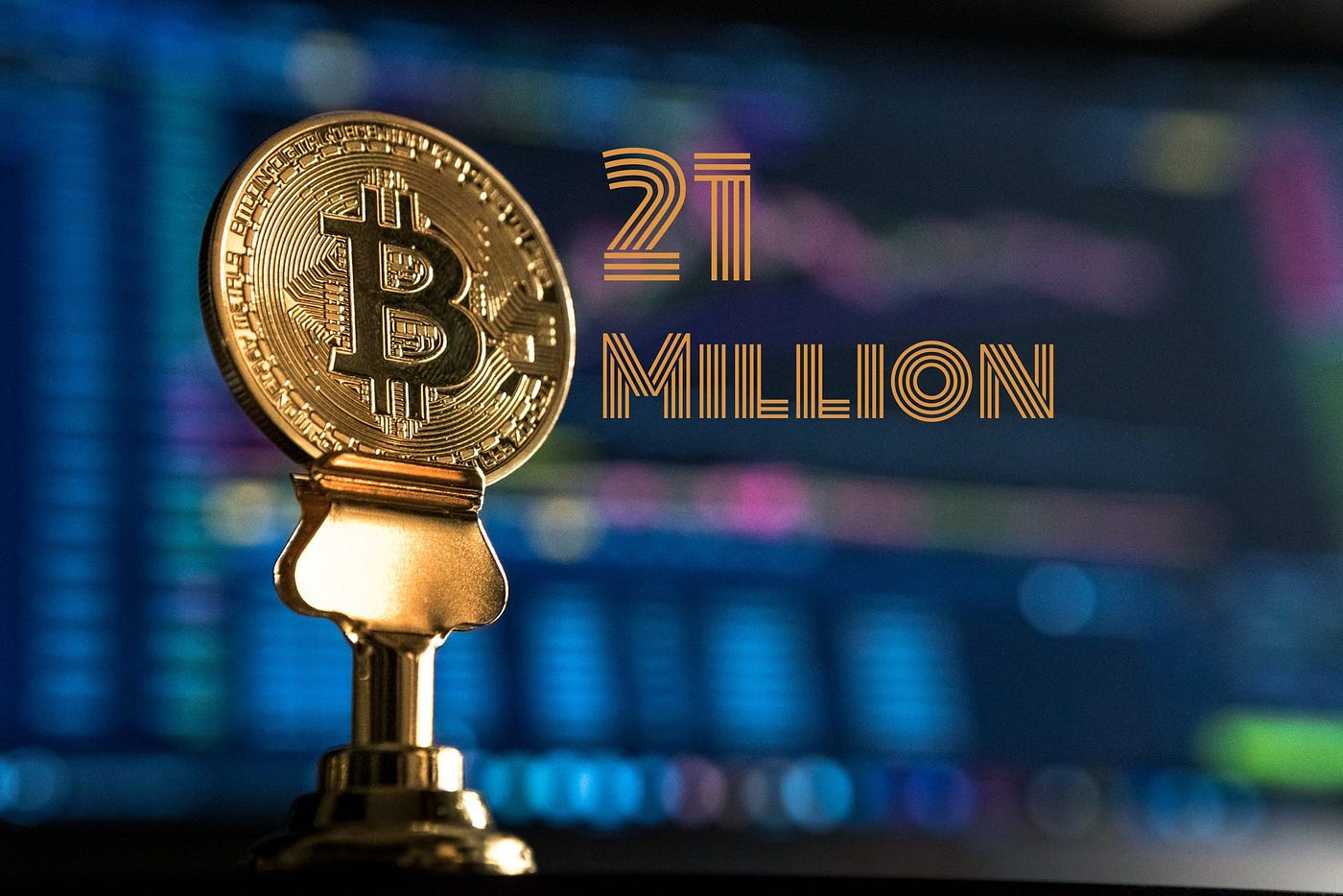Newly revealed emails believed to be authored by Satoshi Nakamoto, the enigmatic creator of itcoin">Bitcoin, are offering unprecedented insight into the early development of the world’s first cryptocurrency.
The emails originate from 2009 correspondence between Nakamoto and Martti Malmi, one of itcoin">Bitcoin’s earliest coders. They resurfaced this week from an ongoing lawsuit in London involving Craig Wright, an Australian computer scientist claiming to be Nakamoto.
The candid messages provide clarity on seminal technical and economic considerations that shaped itcoin">Bitcoin in its infancy.
Supply Cap Intended to Stabilize Value
One notable exchange shows that itcoin">Bitcoin’s hard cap of 21 million tokens was not an arbitrary number, but rather an attempt to stabilize valuations.
Nakamoto called this a calculated “guess” aimed at aligning itcoin">Bitcoin’s price trajectory to prevailing fiat currencies. However, he acknowledged the difficulty in predicting future demand and viability as a global system.
Other emails reveal deliberate efforts to facilitate price divisibility if itcoin">Bitcoin became widely adopted. Nakamoto believed the smallest divisible unit could shift from 0.001 BTC to 0.000001 BTC in this event.
These revelations give rare context into the problem-solving and scenario modeling behind itcoin">Bitcoin’s capped supply model.
Branding and Other Early Decisions
Additional emails shed light on other seminal itcoin">Bitcoin topics, including energy use, privacy, and branding.
Nakamoto argued that itcoin">Bitcoin mining would likely consume fewer resources than the legacy banking system it aimed to disrupt. Regarding privacy, he warned that itcoin">Bitcoin provides pseudonymity rather than anonymity.
Messages also show that the term “cryptocurrency” was suggested to Nakamoto by others. Additionally, he cautioned against overtly marketing itcoin">Bitcoin as an investment vehicle in the early days.
The emails provide valuable perspective on Satoshi Nakamoto’s vision for itcoin">Bitcoin and the nuanced technical and ethical considerations that went into its launch. More than a decade later, his decisions and foresight continue to shape itcoin">Bitcoin’s role and evolution.





